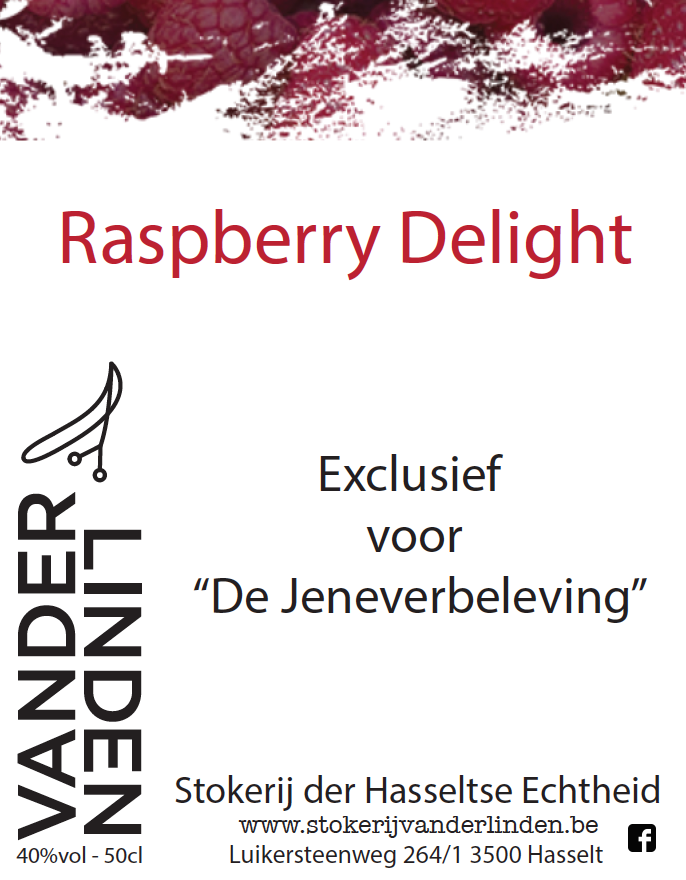I visited Bokke, the highly acclaimed new lambic blendery in Hasselt, for the first time on August 30th. Raf Souvereyns, who goes by Raf Soef for shirt, greeted me and Kurt Verbiest around 4:30 pm. Raf and a friend were finishing up a day of processing fruit, namely apricots and peaches, to be used in future Bokke lambics. To say it was a messy job would be an understatement, but that’s part of how you create great fruit beers: by using real whole fruit. Limburg Province is Belgium’s primary fruit growing region, and Raf told me that the 2018 harvest was the best in years due to the heat wave Belgium experienced this summer, and minimal rain.
Raf also commented about his favorite oude geuze: “You can see a lot of bottles of Girardin Black Label Oude Gueuze scattered throughout my blendery. That’s because it’s the best oude geuze in the world.”

Note that Raf doesn’t allow for many photos in the blendery or of the process of working with fruit, so I will describe the process here. The mix of apricots and peaches produced what looked like a pumpkin puree: very orange in color and squishy.


Raf described the process as such: “So, I first macerate the fruits on beer to make fruit lambic, then we rack off the beer, and the leftover slush in the tanks is put through the wine press to separate the stones and pits from it. Stones and pits are a no go for distilling, it would create cyanide in the final product. The pits that we washed and kept aside are the pits from apricots: those will be grilled and then put into a barrel of lambic to create a noyaux lambic. It will give almond flavor to the beer. That beer is a blending beer then, not a final product.”


Raf continued: “The leftover fruit slush is essentially a waste product that I would have to dispose of. But, I prefer to use every part of the fruit that can be used, and I was looking for a solution as to what to do with the slushes. When Stokerij Vanderlinden opened just 2 km away from our location here in the outskirts of Hasselt, about a year ago, I spoke with Olivier (Vanderlinden) the owner and distiller, and he agreed that we would try distilling the slush, as it might produce an interesting liquor. So we have been doing this for awhile now.”
Note that Stokerij is an old Dutch word for distillery. The modern word in Dutch is distilleerderij.
The fruit slush filled about half of a 10 hectoliter (about 8.5 US barrels) container, and Raf loaded it onto a trailer, and we followed him to the distillery. After some small difficulty in maneuvering the container off the trailer and through Vanderlinden’s garage (this is a real “house” distillery) it was positioned in front of the distilling (boiling kettle) and lifted in the air on a pallet jack. A hose was then attached to the container and about half the contents were pumped into the kettle of this micro distillery. See photos and videos for more information.



Then it was time for some tasting. Which is always the best part of any brewery or distillery visit! First up was a jenever made with a Bokkereyder perzik (peach) slush. The final product was 65% abv, so Vanderlinden carefully cut it with water to bring it down to an easy drinking 32.5% abv, or thereabouts. It was delicious! The aroma of peaches and taste were evident in this unique liquor. Next up was a version made with a Bokkereyder framboos (raspberry) fruit slush, called Raspberry Delight Fruit Brandy. This superb spirit had a pleasant aroma of raspberry and with very noticeable flavors.
One week later, this same spirit won a gold medal at the Concours Mondial de Bruxelles 2018. I’m not surprised.






We also tasted De Hasseltse Jonge – a Hasselt Graanjenever with its own malt wine. From Vanderlinden: “This is made by distilling a batter of rye / barley and malt. With the addition of natural distilled aromas such as juniper & coriander.”

Next up was De Hasseltse Appel: a fruit-grain jenever with malt wine made with apples. This was also a really good jenever with really prominent apple character, one I wish could be obtained stateside, along with the other jenevers.


Olivier Vanderlinden gave me some more info: “Raf and myself have come together to bring something new to the market: fruit distillates that have as their origin lambic beer making. Currently this is very unique. Also, Stokerij Vanderlinden is a recognized, artisanal and innovative distillery that aims to keep the Hasselt tradition of distillation in an authentic way. Distillery Vanderlinden offers through an open way that every customer can have the possibility to have their own recipe distilled here, so the creation of other unique products with their own special taste under a private label is possible. Our passion and love for the authentic product always go into every product we make.”




Many thanks to Raf Soef and Olivier Vanderlinden for their hospitality during this visit, and to Kurt Verbiest for driving!


Leave a Reply